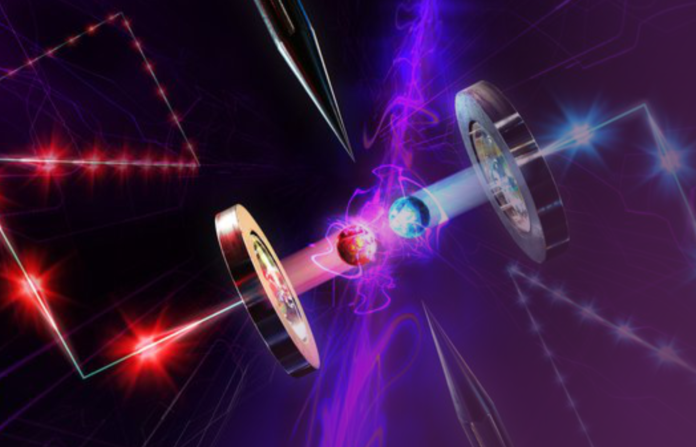Researchers have successfully solved quantum memory technology, bringing us closer to a quantum internet. Professor Eden Figueroa of Stony Brook University created the first room-temperature network of “quantum memories”.
The Nature Communications Quantum Information study describes the quantum storage and retrieval of the two quantum photonic qubits, the foundation of quantum computing. Quantum memory uses qubits that can be in both states, while binary memory uses 0 and 1. A quantum internet requires quantum memory, which can store and transfer more data faster than standard networks.
The early quantum networks required chilling to absolute zero, making them theoretically feasible. However, Stony Brook University researchers solved this constraint by storing photons in room-temperature rubidium gas. The photons were held for barely a fraction of a second in this experiment, but the result suggests a future technology route.
According to University of Strathclyde quantum physics professor Daniel Oi, “The fact that you are able to achieve the working together of fleets of quantum memories at a quantum level and in a room temperature state is something that is fundamental for any quantum internet on any scale.”
Through its process, quantum communications boost speed and security. Attempts to tap or change the quantum network’s quantum state could decoherence qubit superposition, ensuring intrinsic security.
Despite these issues, the current discovery has enabled the next quantum internet development stage, which requires a method to detect stored photons without changing their quantum features. Quantum repeaters that extend a quantum signal could be a key requirement for a global quantum network that will allow quantum computers to perform tasks that are currently impossible.



